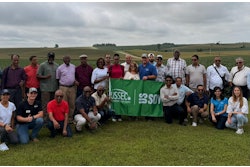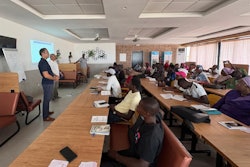
While most countries favor and comply with zoning and compartmentalization standards when it comes to trade restrictions related to animal disease outbreaks, a lack of consistency remains a problem, said Suminder Sawhney, senior director of animal health for the Canadian Food Inspection Agency (CFIA) International Program Directorate.
During the three-day forum, “Tackling High Pathogenicity Avian Influenza Together,” hosted by the Food and Agriculture Organization of the United Nations (FAO) in Foz do Iguaçu, Brazil, Sawhney said zoning and compartmentalization have been used as part of the World Organisation for Animal Health (WOAH) terrestrial code for years. It has been favored by the majority of WOAH member nations.
Sawhney said a recent WOAH survey showed that 70% of member nations say they implement zoning for avian influenza, while 55% said they implemented zoning for African swine fever (ASF), and 54% implemented it for foot-and-mouth disease (FMD).
“To me, that’s quite encouraging in that context,” Sawhney said.
But the problem is that zoning and compartmentalization practices are not consistent. Some will restrict products from within a 10-kilometer zone of the outbreak, while others might restrict trade from anywhere within a state or province, or even country.
For larger countries such as Canada, that can be a problem.
“Canada is the second largest geographical country in the world, and our provinces, they are huge in size,” he said. “I’ll give you an example here: the Quebec province, which is the largest, is around 1.5 million square kilometers. You can have several EU member states in that size of an area. When countries say we want to use our administrative, legal boundary as a province, that’s a challenge for us.”
View our continuing coverage of the global avian influenza situation.

















